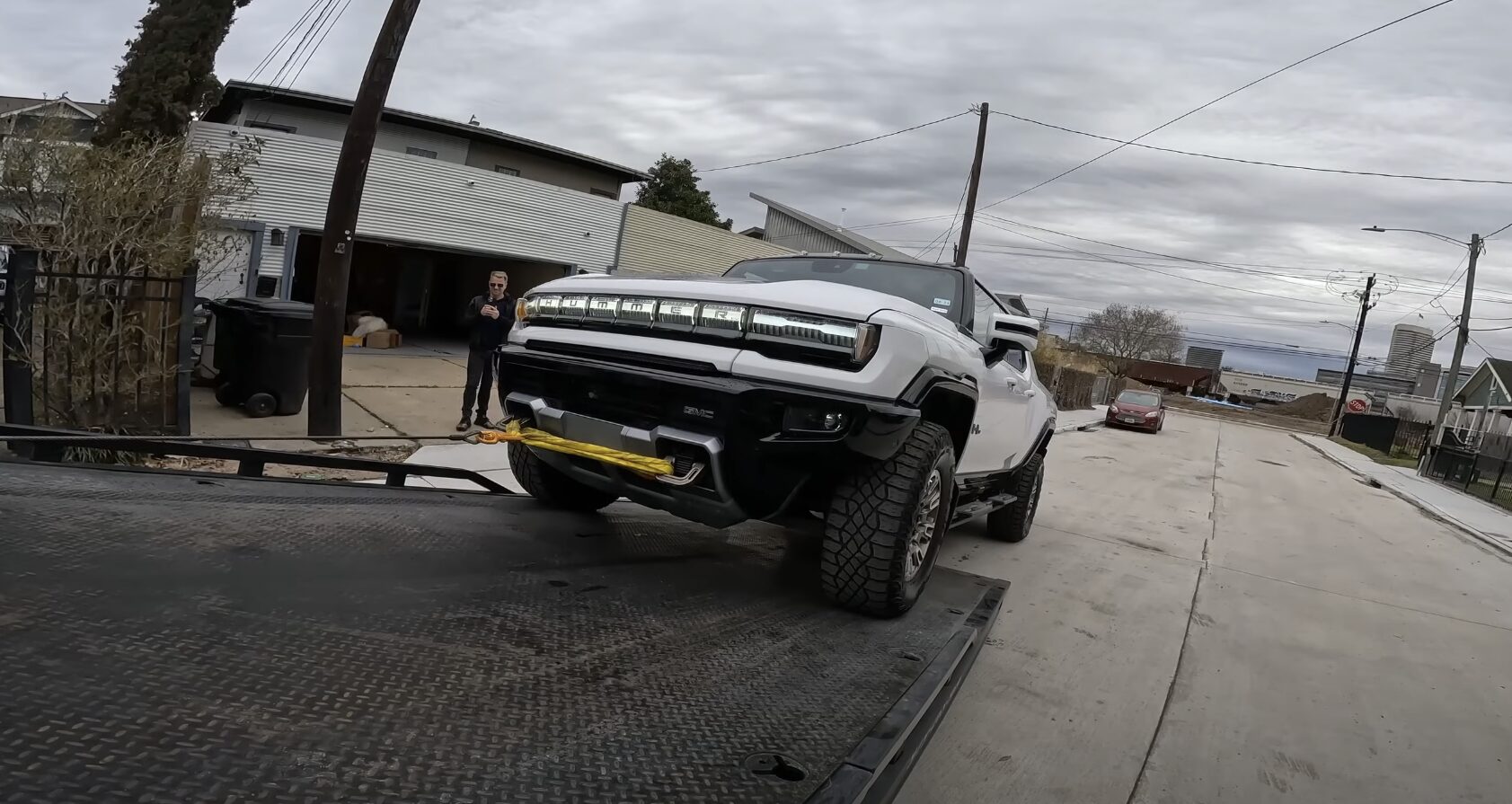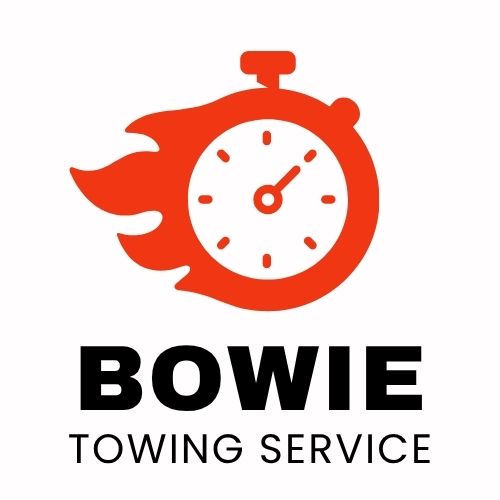What to Do After a Car Breakdown: A Complete Step-by-Step Guide

Few experiences are more stressful than watching your dashboard light up with warning symbols or hearing strange noises from under the hood. Car breakdowns never happen at convenient times, and knowing how to respond can mean the difference between a minor inconvenience and a dangerous situation.
Whether you're commuting to work, driving the kids to school, or heading out on a road trip, mechanical failures can strike without warning. This comprehensive guide will walk you through exactly what to do when your vehicle decides to stop cooperating.
Step 1: Stay Calm and Assess the Situation
The moment you realize something is wrong with your vehicle, take a deep breath. Panic leads to poor decisions, and you need to think clearly. Notice what's happening with your car. Are there warning lights? Strange sounds? Loss of power? Smoke?
Different symptoms indicate different problems, and understanding what's happening helps you communicate clearly with roadside assistance or a towing service. If your car is still running, even poorly, you may have a few moments to get to a safer location before it completely stops.
Step 2: Get to Safety Immediately
Your first priority is always safety. If your vehicle is still operational, carefully guide it to the shoulder of the road, a parking lot, or any safe area away from traffic. Use your turn signal to indicate your intentions to other drivers.
If you're on a highway or busy road and your car won't move, turn on your hazard lights immediately. These flashing lights alert other drivers that your vehicle is disabled and they need to exercise caution.
Never attempt to push your vehicle across active traffic lanes by yourself. The risk of injury or causing an accident is simply too high. If you're in a particularly dangerous location, it's better to stay in your vehicle with your seatbelt fastened until help arrives.
Step 3: Make Your Vehicle Visible
Once you're safely off the road, take steps to make your vehicle as visible as possible to approaching traffic. Keep your hazard lights on, even during daylight hours. They're visible from farther away than you might think.
If you have emergency flares or reflective triangles in your vehicle, now is the time to use them. Place them starting about ten feet behind your vehicle and continuing backward at intervals. This creates a visible warning zone that gives other drivers time to move over.
Many newer vehicles come with emergency kits that include reflective vests. If you have one, put it on before exiting your vehicle. This simple step dramatically increases your visibility if you need to stand near the road.
Step 4: Evaluate Whether to Stay or Exit
This is a critical decision that depends entirely on your situation. If you're safely off the road on a wide shoulder or in a parking lot, staying in your vehicle with your seatbelt on is usually the safest choice. Your car provides protection from traffic and weather.
However, if your vehicle is smoking, you smell gasoline, or you're in an extremely dangerous location like a blind curve or narrow shoulder, you may need to exit and move to a safer area. If you must exit, do so from the side away from traffic, and move as far from the road as possible.
Never stand directly behind or in front of your disabled vehicle. If another vehicle strikes yours, you don't want to be in the impact zone.
Step 5: Call for Professional Help
Once you're safe, it's time to call for assistance. If you have roadside assistance through your insurance or auto club, that's your first call. Have your policy number, location, and a description of the problem ready.
If you don't have roadside assistance coverage, call a reliable towing service in your area. Reputable companies offer 24/7 emergency service and can dispatch help quickly. Be prepared to provide your exact location, which is where your phone's GPS can be incredibly helpful.
When describing your location, include landmarks, mile markers, exit numbers, or intersection names. The more specific you can be, the faster help will arrive. If you're on a rural road or unfamiliar area, use your phone's map application to determine your coordinates.
Step 6: Inform Others of Your Situation
Let someone know what's happening. Call a family member, friend, or coworker to inform them that you've broken down and are waiting for assistance. Share your location and expected timeline for help to arrive.
This serves two purposes: it provides peace of mind for your loved ones who might otherwise worry about your whereabouts, and it ensures someone knows where you are in case of an emergency.
If you're in a remote area with limited cell service, send a text message if possible. Text messages often go through even when voice calls can't connect.
Step 7: Wait Safely for Assistance
While waiting for help to arrive, stay in your vehicle with the doors locked if you're in a safe location. Keep your seatbelt fastened in case another vehicle strikes yours. This might seem overly cautious, but secondary accidents involving disabled vehicles are surprisingly common.
If it's hot outside, crack your windows for ventilation, but don't run your air conditioning if your engine is already having problems. If it's cold, running your heater periodically is usually safe, but don't let your fuel tank get too low.
Be cautious about accepting help from strangers. While many people have good intentions, it's generally safer to wait for professional assistance. If someone stops to help, you can speak to them through a cracked window and let them know that help is already on the way.
Step 8: Gather Important Information
While waiting, take a moment to gather any information that might be helpful. Locate your vehicle's registration and insurance information. If there were any warning lights or messages on your dashboard before the breakdown, make note of them.
Take photos of your vehicle's position and any visible problems. This documentation can be helpful for insurance purposes or when explaining the situation to your mechanic later.
If your breakdown was caused by something you hit on the road, like debris or a pothole, photograph that as well. You may be able to file a claim with your local municipality if road conditions contributed to your vehicle damage.
Step 9: Communicate Clearly With Your Tow Truck Driver
When the tow truck arrives, provide the driver with all relevant information about your vehicle and what happened. Let them know about any warning lights, strange noises, or recent repairs.
If your vehicle has all-wheel drive, let the driver know immediately. All-wheel drive vehicles require special towing procedures to avoid damaging the drivetrain. Similarly, if your vehicle sits low to the ground or has any aftermarket modifications, mention these details.
Ask the driver to explain how they'll secure your vehicle and where they're taking it. Don't hesitate to ask questions if anything is unclear. Professional towing operators expect questions and should be happy to explain their process.
Step 10: Secure Your Belongings
Before your vehicle is towed, remove any valuables or personal items you'll need. Take your registration, insurance cards, garage door opener, and any important documents.
If you won't be going with your vehicle to its destination, make sure you know exactly where it's being towed and how to retrieve it. Get the address and phone number of the facility, and ask about their hours of operation.
Common Breakdown Scenarios and Specific Responses
Dead Battery: If your battery dies in a safe location, you might be able to get a jump start instead of a tow. However, if the battery is old or has failed completely, towing to a repair shop might be necessary anyway.
Flat Tire: If you're comfortable changing a tire and have a spare in good condition, you might handle this yourself. Otherwise, roadside assistance can change the tire for you. If you have multiple flat tires or wheel damage, towing is necessary.
Overheating: Never continue driving an overheating vehicle. Pull over immediately and turn off the engine. Let it cool for at least 30 minutes before checking coolant levels. If the problem persists, towing prevents expensive engine damage.
Smoke or Fire: If you see smoke or flames, get everyone out of the vehicle immediately and move far away. Call 911 first, then notify your insurance company. Don't attempt to fight a vehicle fire yourself.
Check Engine Light: A solid check engine light means you should schedule service soon. A flashing check engine light indicates serious problems, and you should stop driving immediately to prevent damage.
Preventing Future Breakdowns
While some breakdowns are unavoidable, regular maintenance significantly reduces your risk. Keep up with oil changes, tire rotations, and scheduled service intervals. Pay attention to how your vehicle sounds and feels, and address small problems before they become big ones.
Build an emergency kit for your vehicle that includes jumper cables, a flashlight with extra batteries, basic tools, water, snacks, a first aid kit, and emergency contact information. Consider adding a phone charger, blanket, and emergency flares.
Know your vehicle's warning signs. Every car has its quirks, and being familiar with how yours normally operates helps you notice when something changes. That strange noise or vibration might be your car trying to tell you something needs attention.
Final Thoughts
Car breakdowns are stressful, but they don't have to be dangerous or overwhelming. By staying calm, prioritizing safety, and knowing who to call for help, you can handle these situations with confidence.
Remember that professional towing services are there to help you when you need it most. Don't hesitate to call for assistance, even if you're not sure whether your situation qualifies as an emergency. It's always better to err on the side of caution when it comes to your safety and your vehicle.
Keep the phone number for a reliable towing service saved in your phone before you need it. In a stressful breakdown situation, you don't want to be searching online for a reputable company. Having that number ready provides peace of mind every time you get behind the wheel.
Broken Down and Need Help Now?
We're available 24/7 for emergency towing and roadside assistance. Our team will get to you quickly and get your vehicle to safety.
Call 301-936-0207 for Immediate Help